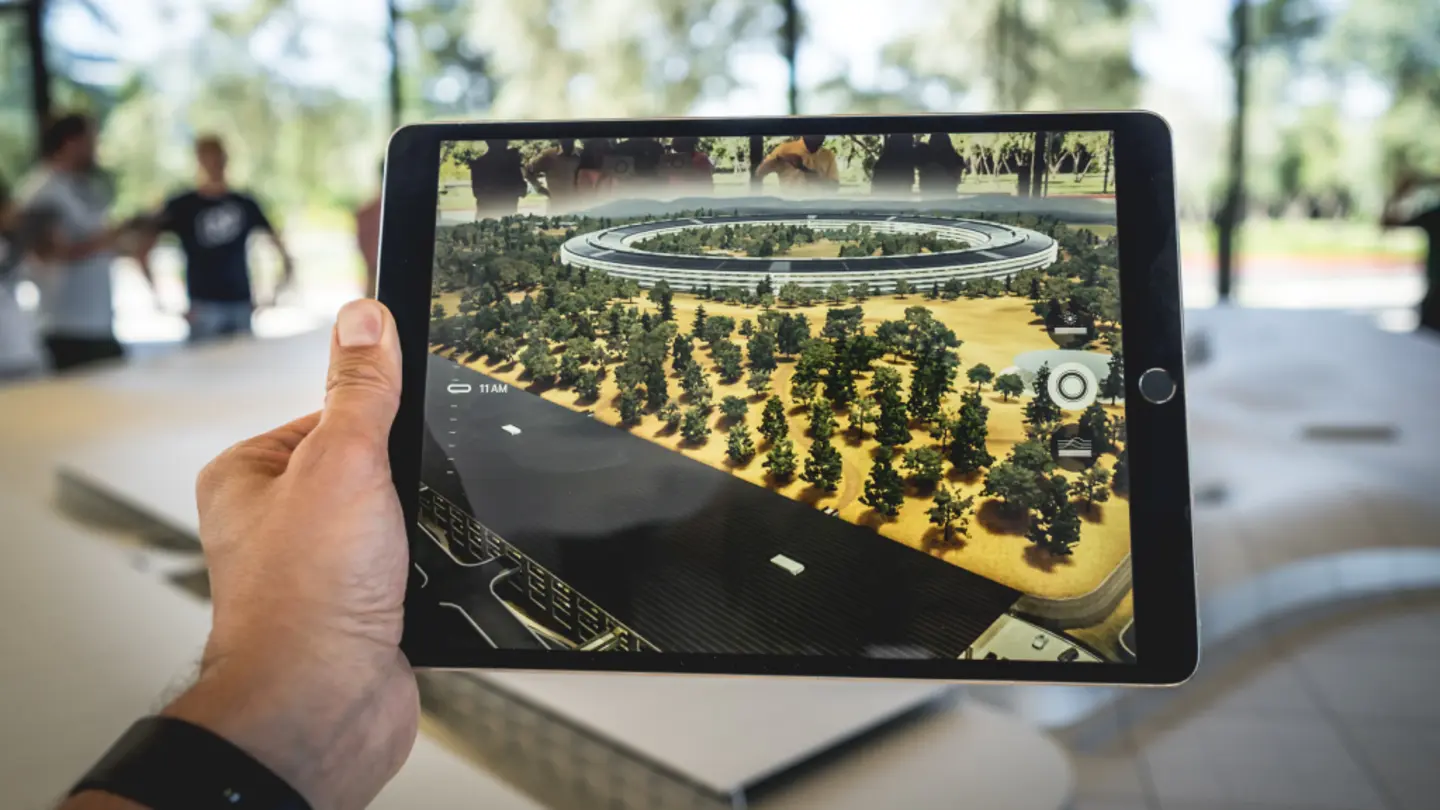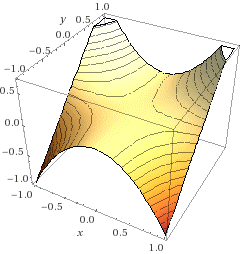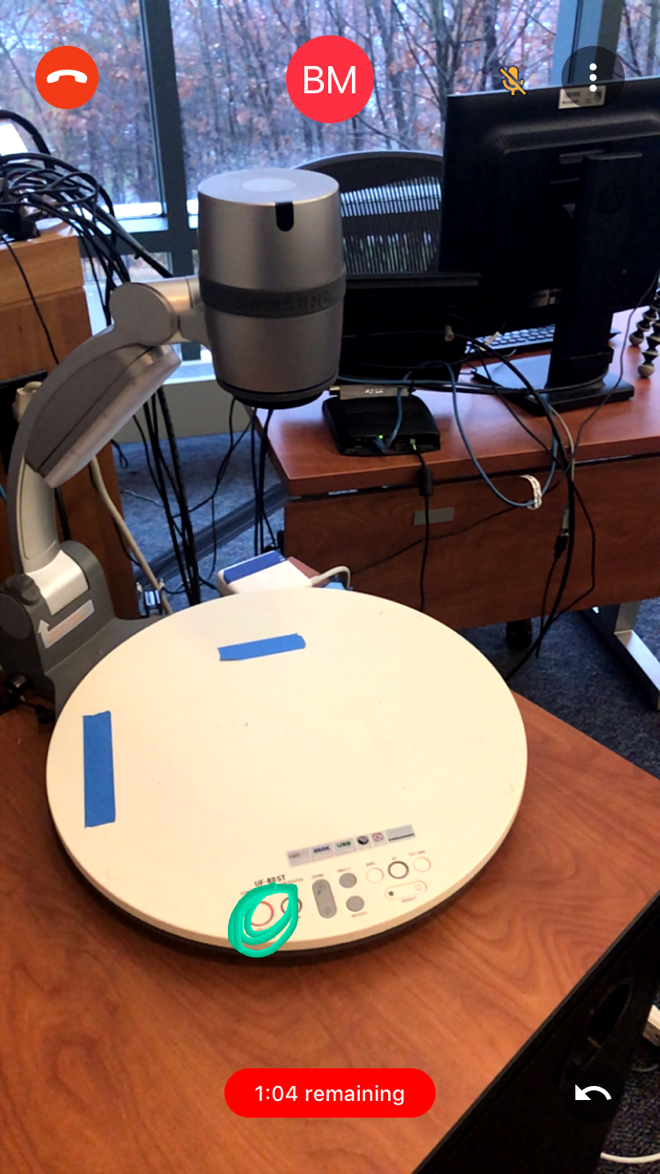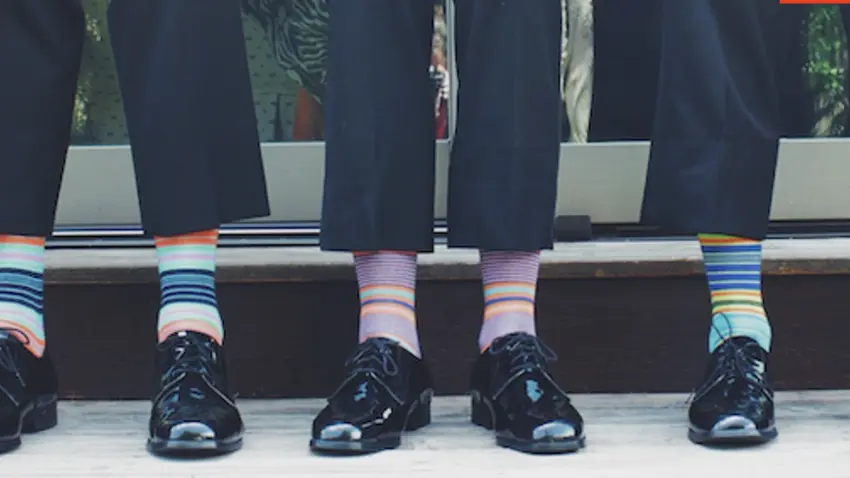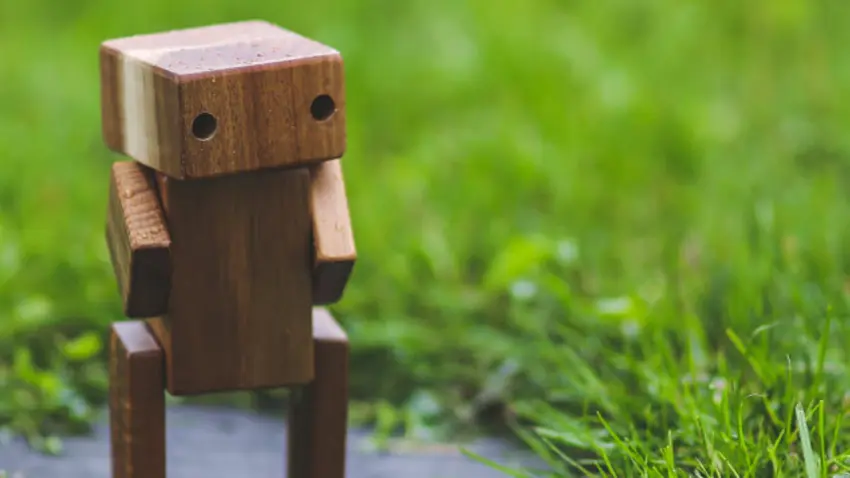Virtual and Augmented Reality (VR/AR) is all the rage these days. Pokemon Go brought this to the mainstream in July of 2016. If you really want to be part of the future, you have to know what’s out there. But while some systems require you to use an expensive headset, you can get a taste of the future with just your phone. For example, today you can make a coloring book come to life in 3D, try on a new tattoo, or see how that new couch and table would really fit and go together in the living room.
AR works with many iPhones and Android phones.
- If your iPhone was made in the past couple of years, it probably works with AR. Click here to double check
- Android is bit harder, but many modern phones work with Google’s ARCore. Click here to double check
Some of these apps are only for the iPhone, as the Android operating system is more fragmented and harder for developers, but I tried to find Android equivalents for all the apps and found them for most of them.
Now that that’s out of the way, lets get to the apps!
1. InkHunter
Ever thought about getting a tattoo but not sure how it will look on you? If you’re like me, you have lots of ideas, but want to make sure it looks good before you make a permanent decision. In comes InkHunter.
Just put the three line “smiley face” on your arm, in the spot and size you want the tattoo, and you can see how it looks.
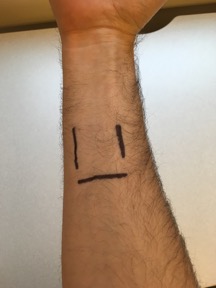
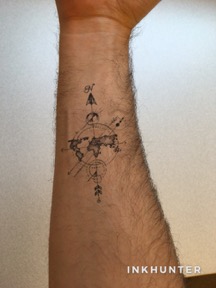
2. Quiver
(Android)
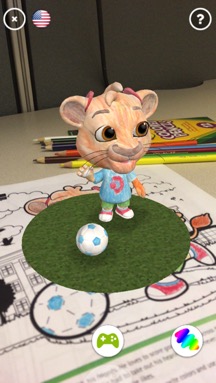
Bring your coloring to life.
Coloring is a great relaxing activity, but wouldn’t it be nice to be able to see your work come to life? Now you can. Download special coloring pages, and you can see whatever you color in 3D. I can even see my hatching lines!
3. Magic Plan
This app allows you to make floor plans of your house. Want to show how much space your room has on AirBnb? You could get on your hands and knees with a measuring tape, measuring the floor behind that dresser, then drawing the results on paper, or you could click a few times while pointing your phone at corners of the room. I know which one I like more.
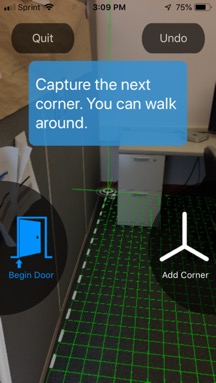
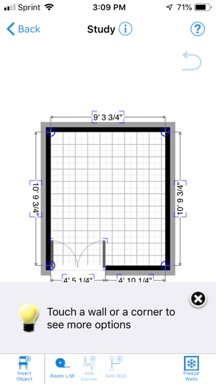
4. Wayfair
Wayfair has an app that will allow you to virtually place furniture in your environment.
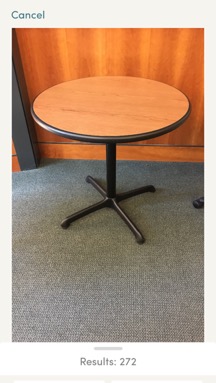
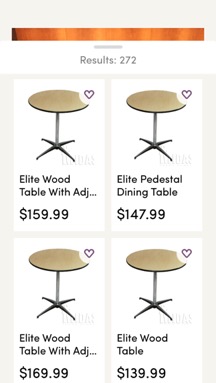
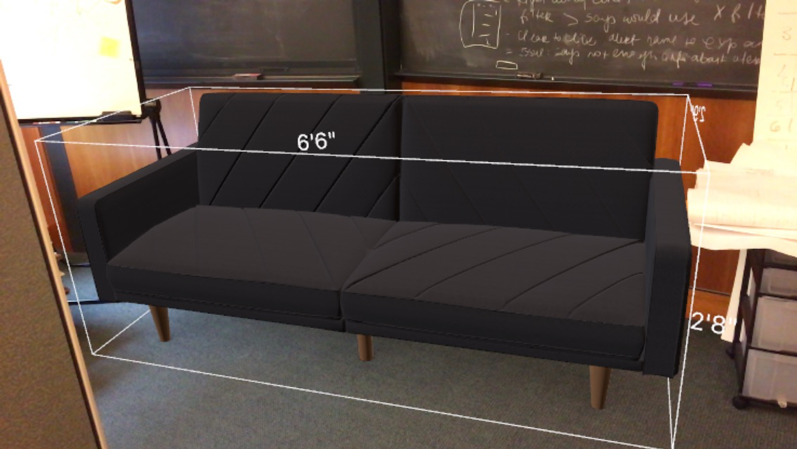
The Wayfair app can do two cool things:
- It can find furniture similar to what you see. Like something in a friend's place? Want to match something you already own? The app will use image recognition and try to find furniture similar. I took a picture to see if we could get another table similar to one already in my room and look at the results. Looks like we can find something similar that will match with the design of the room. It’s not a perfect match but about as close as you can get without buying the exact same thing from the same store.
- The Wayfair app can also virtually place that furniture. Wonder how that table will look in your kitchen, or that couch will look in your living room? I wanted to see how a couch would look in our cubicles, and hey, I think we should get one!
5. JigSpace
(iPhone)
Want to learn how the Gutenberg press or Mars Base Camp works? Now you can! JigSpace will walk you through 3D objects step by step, showing how they work. Some of the current featured ones include, Mars Base Camp, The Induction Motor, The Solar System, and Fix a Leaky Tap.
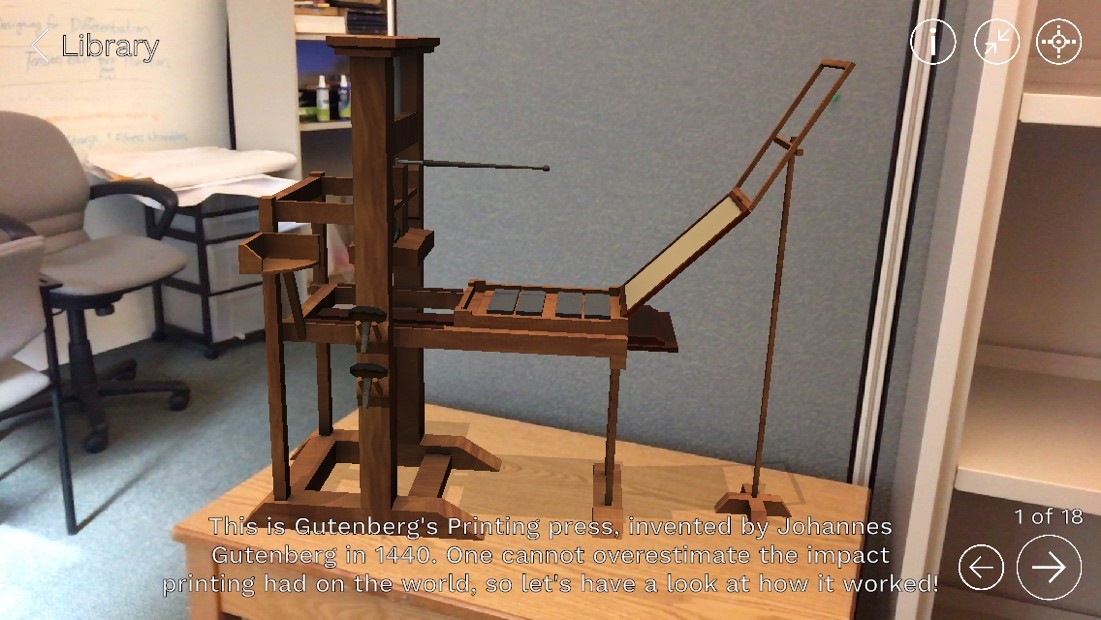
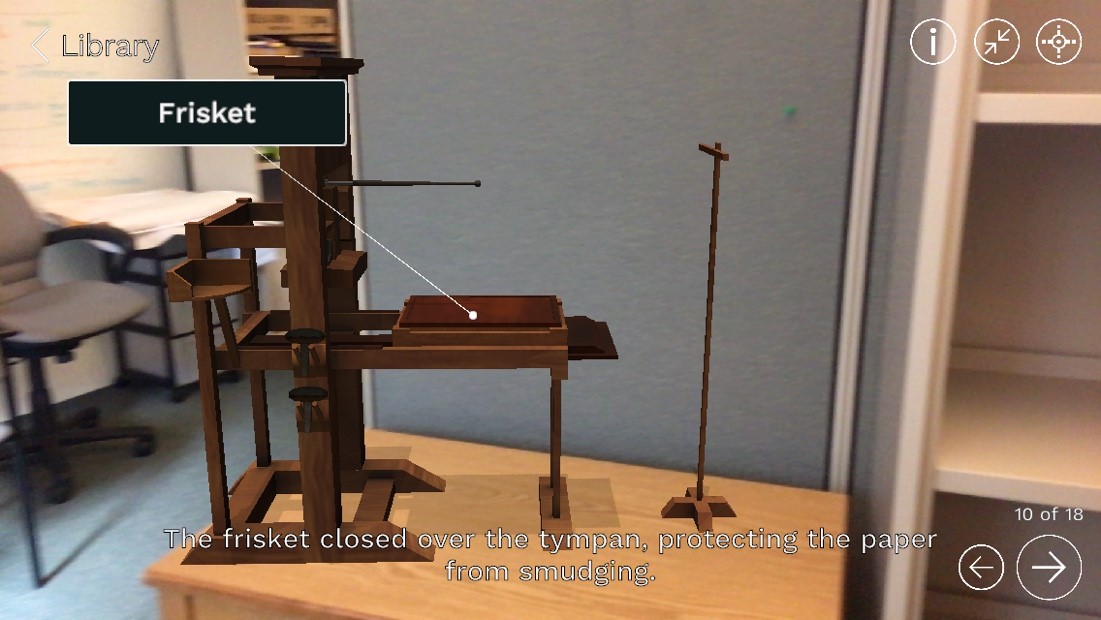
6. GeoGebra AR
(iPhone)
Make math intuitive. Sometimes looking at a math equation and a line drawing on paper just doesn’t quite make sense. Now you can actually see those concepts in 3D. It won’t solve your homework for you, but it might help make that equation actually make sense. Expect these type of programs to pop up to help with learning in the future.
This makes a lot more sense to me, especially since you can move around and get different views of the curve, and have to make less mental leaps. In comparison, WolframAlpha, a famous math website gives two images if you type in “z=(x^2)(y)”.
The first is an image of a 3D plot in one position, and the second image is a traditional contour plot.

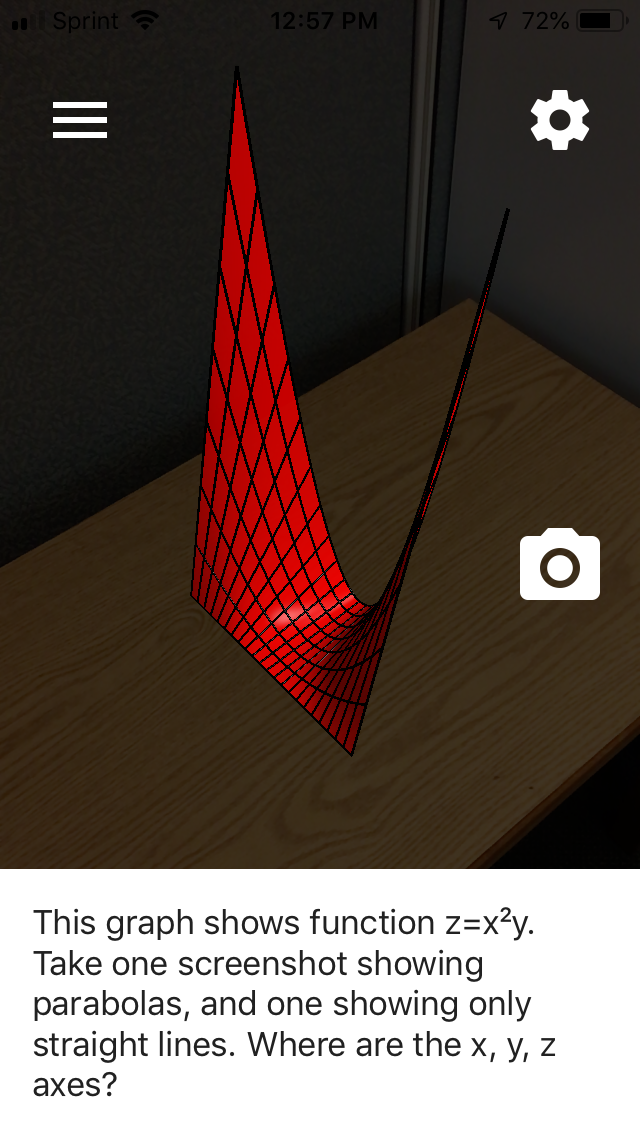

The second image is a traditional contour plot.
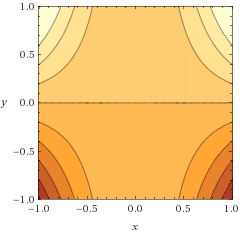
7. Night Sky
(iPhone)
This app will give you an overlay of the night sky, allowing you to see stars, satellites, and planets.
I learned about some stars as a kid and know Ursa Major exists, but if trapped in the wilderness I would have no idea how to point it out. Thanks to this app, I can point it out and see where the International Space Station is, making this city dweller feel just a bit more connected to the world.
There’s a similar app SkyView for Android.
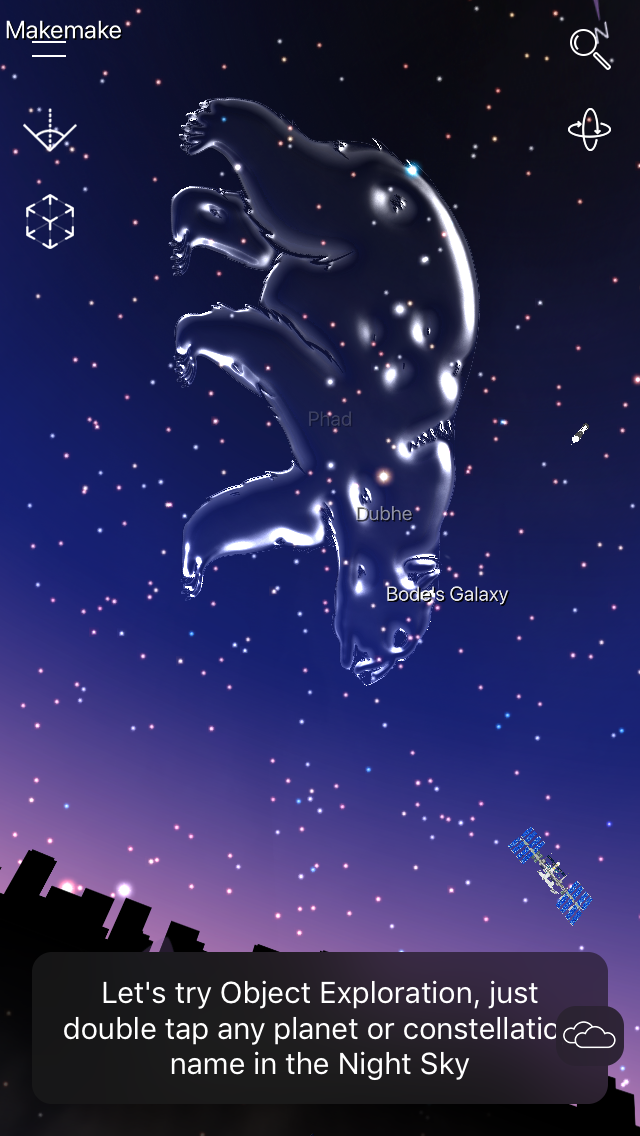
8. Vuforia Chalk
It’s like FaceTime meets World Brush. Make a video conference, and draw some with the other person! But it’s less about art, and more about sharing. You can share your camera and screen and draw on it, or draw on your friends screen view. A picture is worth a thousand words, and a red circle around the remote button to push to walk your parent though setting up new technology is priceless.
I know this is an app I’m going to use the next time my parents have a question about technology.
9. World Brush
(iPhone)

World Brush is an app where you can draw in 3D in the world, and share your drawings. You can see other people’s great drawings too. “Paint the world for others to discover.” I definitely plan to run around Boston looking at other people’s epic art in the future. To the right is a map of where art is located. I definitely plan to check out some of those spots!
For android, Paint Space AR does a similar job but without social sharing.
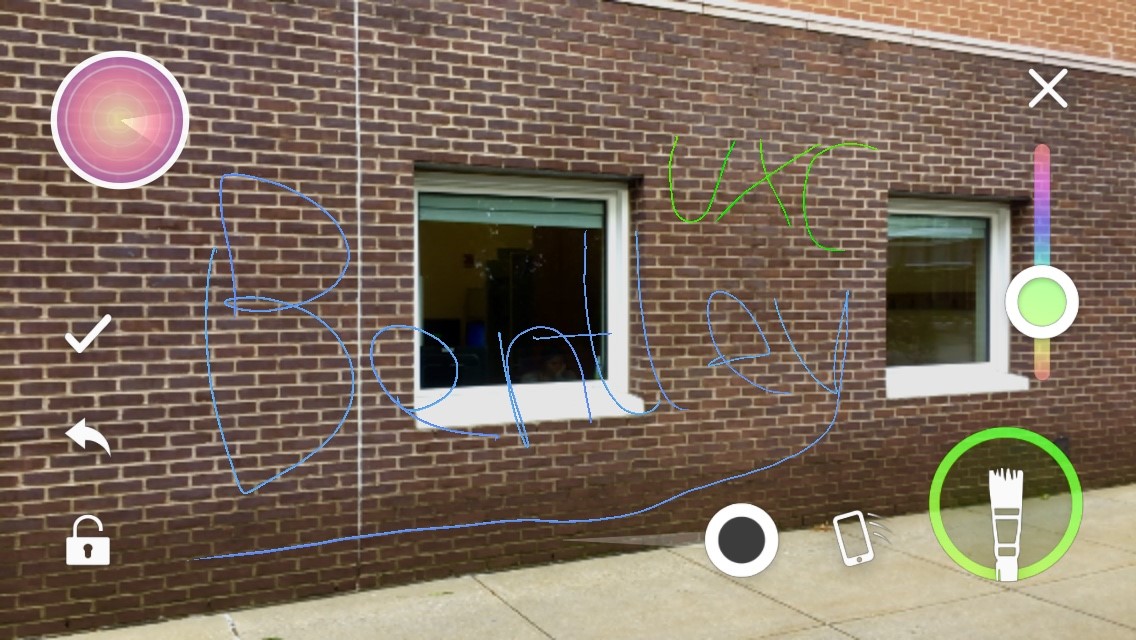
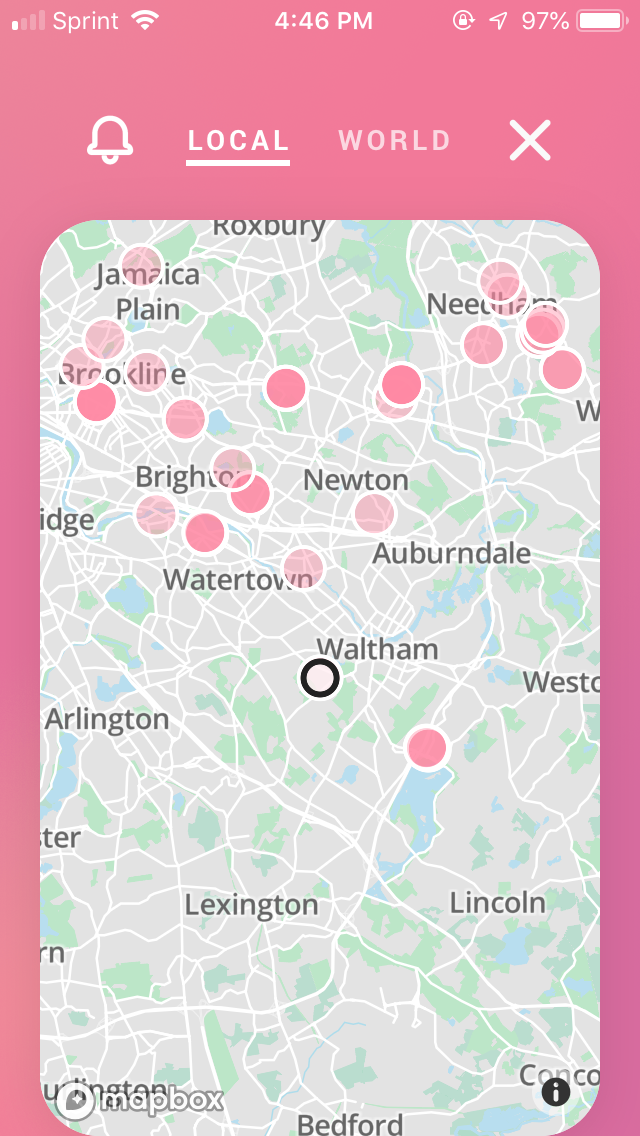
10. Ghostbusters World
If you’ve played Pokémon Go, you generally know what this is about. Go out in the world and catch things. This one though, has a few twists from the original formula. In Ghostbusters World you have to use Proton Packs to weaken the ghosts before you can trap them. And you can team up with friends to catch even bigger ghosts!
There’s also a story mode. In that, there’s a turn-based game where you control the ghosts you catch to fight other ghosts. If you’re not a fan of turn based games, there’s also an “auto” button and lets the characters take care of themselves.




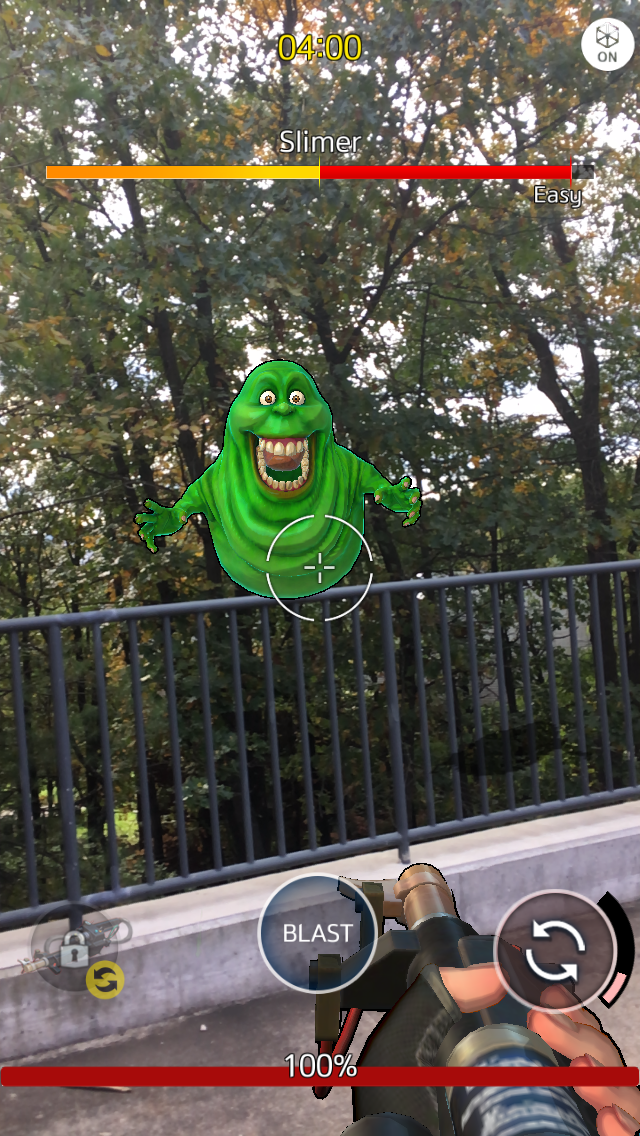
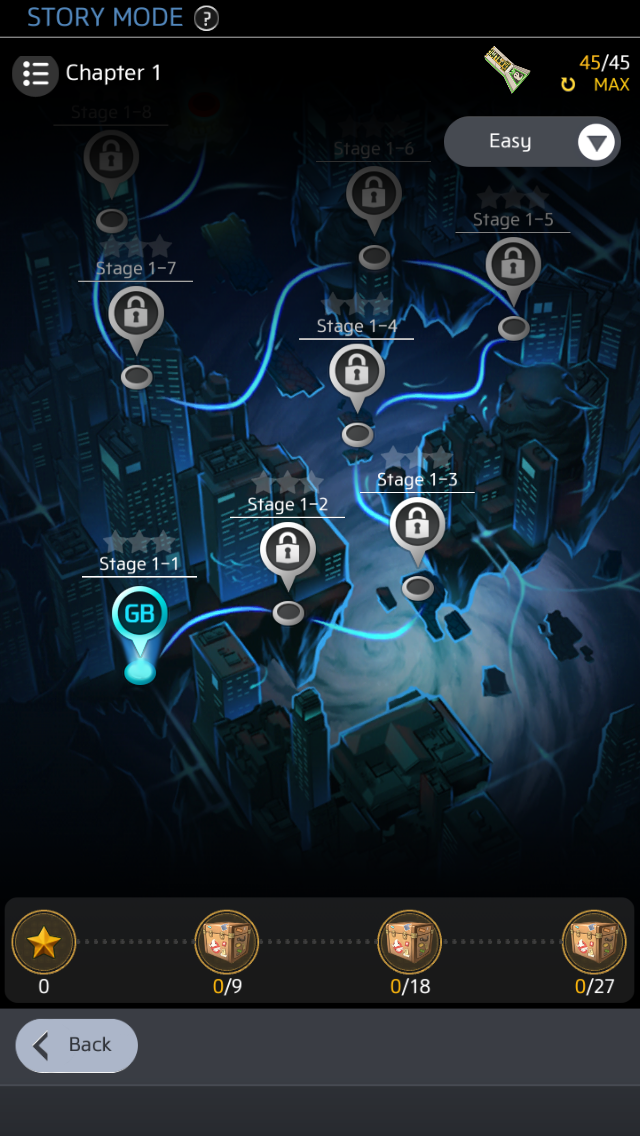
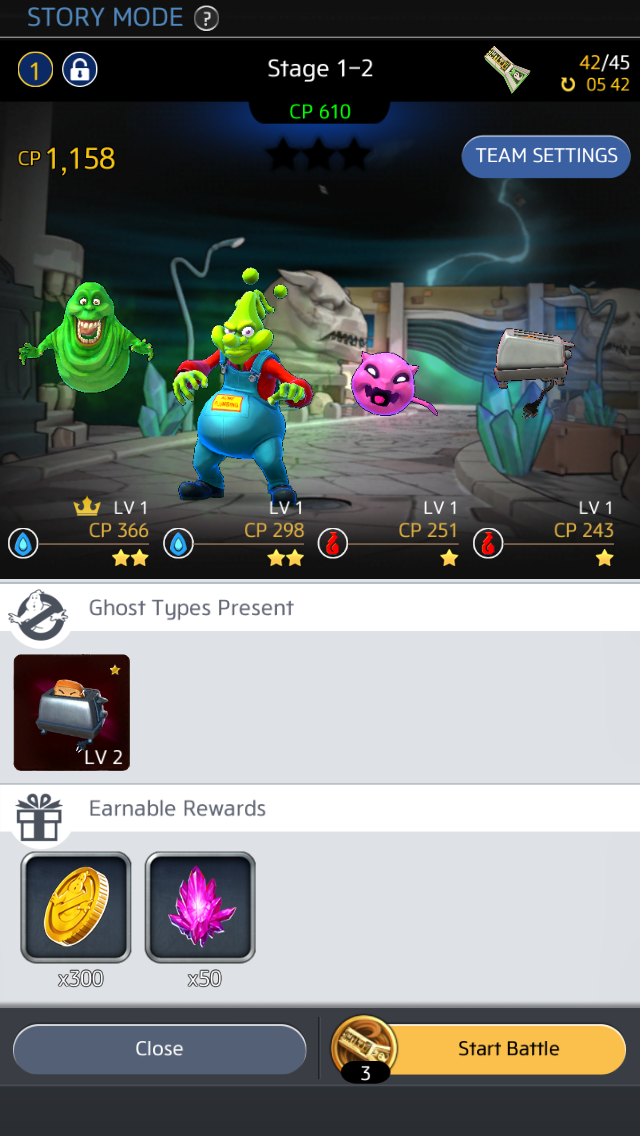
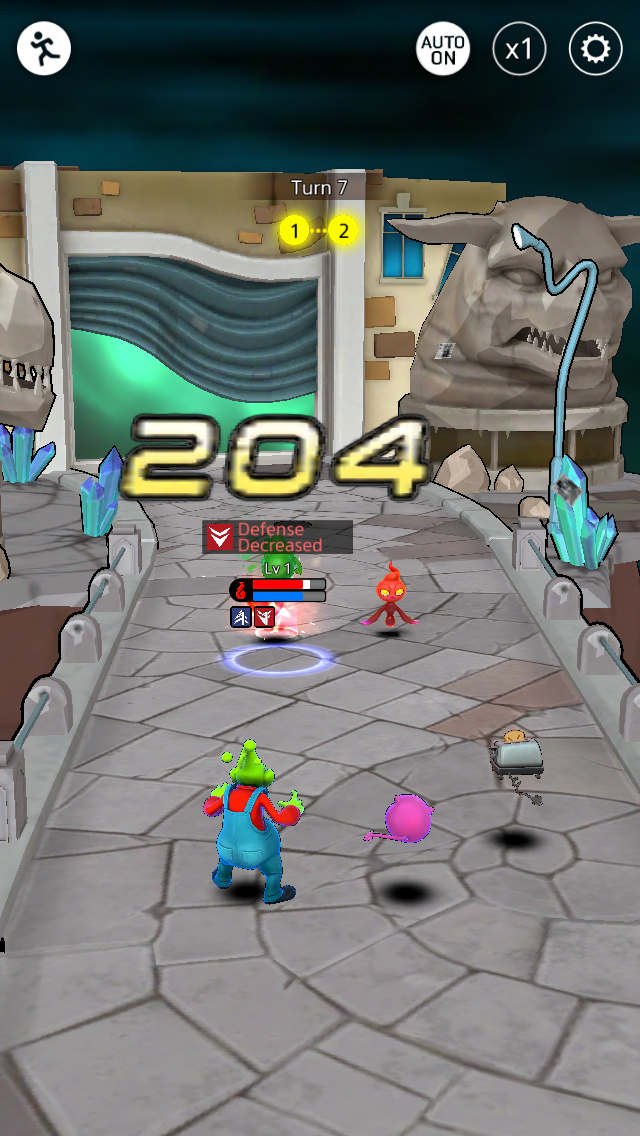
Hopefully this gives you a good taste of the current state of AR apps and encourages you to install at least once of them to see what they can do. Being able to use a phone means almost anyone can access AR. It can give you 3D content tracking with the real world, which is new and exciting. It’s not yet seamless and everywhere in your vision. It’s full of promise, but you still have to look through your phone onto the world.
As a teaser, the future will be even better. Once good glasses exist, you could have the same experiences with a much wider field of view. Being able to digitally overlay the entire world will be a crazy transformation. Instead of looking at Ghostbuster ghosts through a phone, you can see them through glasses like you’re actually there. Your room could be decorated with digital art. Image “hanging” a digital wall sculpture that changes based on events, such as the weather, a video game, or even a TV show. You could show your friend your designs, or they could decorate the room in a different way so everyone gets to see their favorite things. Style really becomes personalized then.
Just as no one could imagine Uber before smartphones allowed the technology to work, AR is going to open up new applications that we can’t imagine now. Who would have thought a decade ago that so many people would be ok getting in the car and be driven around by a stranger in a strange car? (get in the car of a stranger? No thanks.)
The future will be interesting.

Brian McDonald is a Research Associate at the User Experience Center. Prior to joining the UXC, he worked as a designer at Van Stry Design, creating commercial furniture, art, and experiences for clients such as Saks Fifth Avenue and Macy’s. During this time, he also participated and won numerous healthcare related hackathons, typically leading the UX and design side of the team.
Brian holds a Bachelor of Science degree from Wentworth Institute of Technology, where he studied Industrial Design. He is currently pursuing his Master of Science in Human Factors in Information Design at Bentley University.
Let's start a conversation
Get in touch to learn more about Bentley UX consulting services and how we can help your organization.


